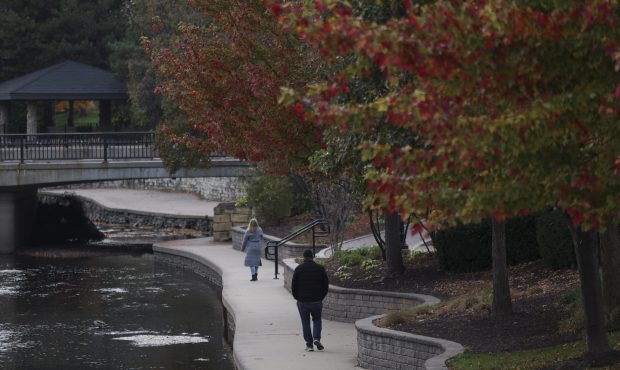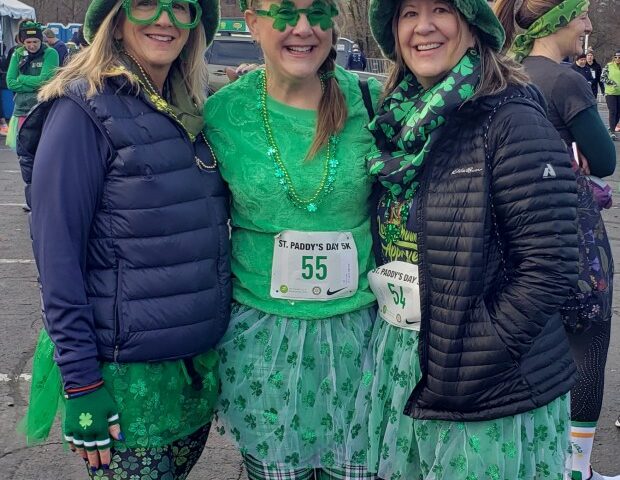Every week we publish a historic photo highlighting a story from Naperville’s past from the history archives of Naper Settlement.
The Naperville Riverwalk that delights residents and visitors today wasn’t always such a scenic route.
Before it was built, the banks of the DuPage River were home to salt piles, an old gasoline station, parking lots, storage tanks and lots of discarded debris.
An effort to change that began in the 1970s, inspired by Centennial Beach, the city’s lasting monument to the 100th anniversary of its founding; the river walk in San Antonio, Texas; and a local desire to reconnect people to the waterway.
Joanne O’Connor, one-time Naperville administrative analyst, may have put it best when she said: “We decided the river should not be used as a garbage can.”
In 1978, the mayor and city council appointed members to a commission charged with planning events for Naperville’s sesquicentennial in 1981, a celebration known informally as the “Nifty One-Fifty.”
The construction of a riverwalk was part of the plan, and a 12-person commission headed by business owner and home developer Jim Moser appointed in 1979. The group consisted of a broad cross section people from civic groups, homeowner associations, churches and schools.
Their goal was to raise funds and find volunteers to help with the walkway’s development and construction. Architect Charles George was hired to develop a plan that included an amphitheater, fountain, paths and civic center and would redevelop an old quarry.
“The DuPage River is going to be turned from an eyesore to a jewel,” George said. “Our ultimate goal is a five-mile stretch of river for biking and canoeing.”
When the U.S. Army Corps of Engineers determined there was no need for flood mitigation, meaning federal funds for the project unlikely, locals came to the rescue. Cash donations of $750,000, in-kind gifts worth $250,000 and plenty of volunteer labor poured in.
The name of everyone who donated was included on a time capsule scroll, and those who gave more than $150 had their name included on a memorial. Naperville contribued the land and $200,000.
The three-acre park that’s part of the walk includes the Horse Trough Fountain in White Plaza, a water feature that used to sit at Chicago Avenue and Washington Street near the Beckman harness shop. Other amenities included the Dandelion Fountain, an amphitheater, sidewalk improvements along Jackson Avenue and a covered bridge to connect Naper Settlement to downtown.
The Civic Plaza and covered bridge were dedicated as the “Sesquicentennial Riverwalk” on Labor Day 1981.
Al Rubin, vice chairman of Riverwalk Commission, said: “Today we are linking our past tradition with the present and future. We have added a place of grace and beauty to our town. … We dedicate the Riverwalk Civic Plaza, happy that, in a most humble way, we have shared in the work of creation.”
While it initially opened as a 3-acre park, today there are 1.75 miles of walking paths and 100 acres of parkland.
Andrea Field is the curator of history at Naper Settlement. For more information, go to www.NaperSettlement.org. Steve Metsch is a freelance reporter for the Naperville Sun.





